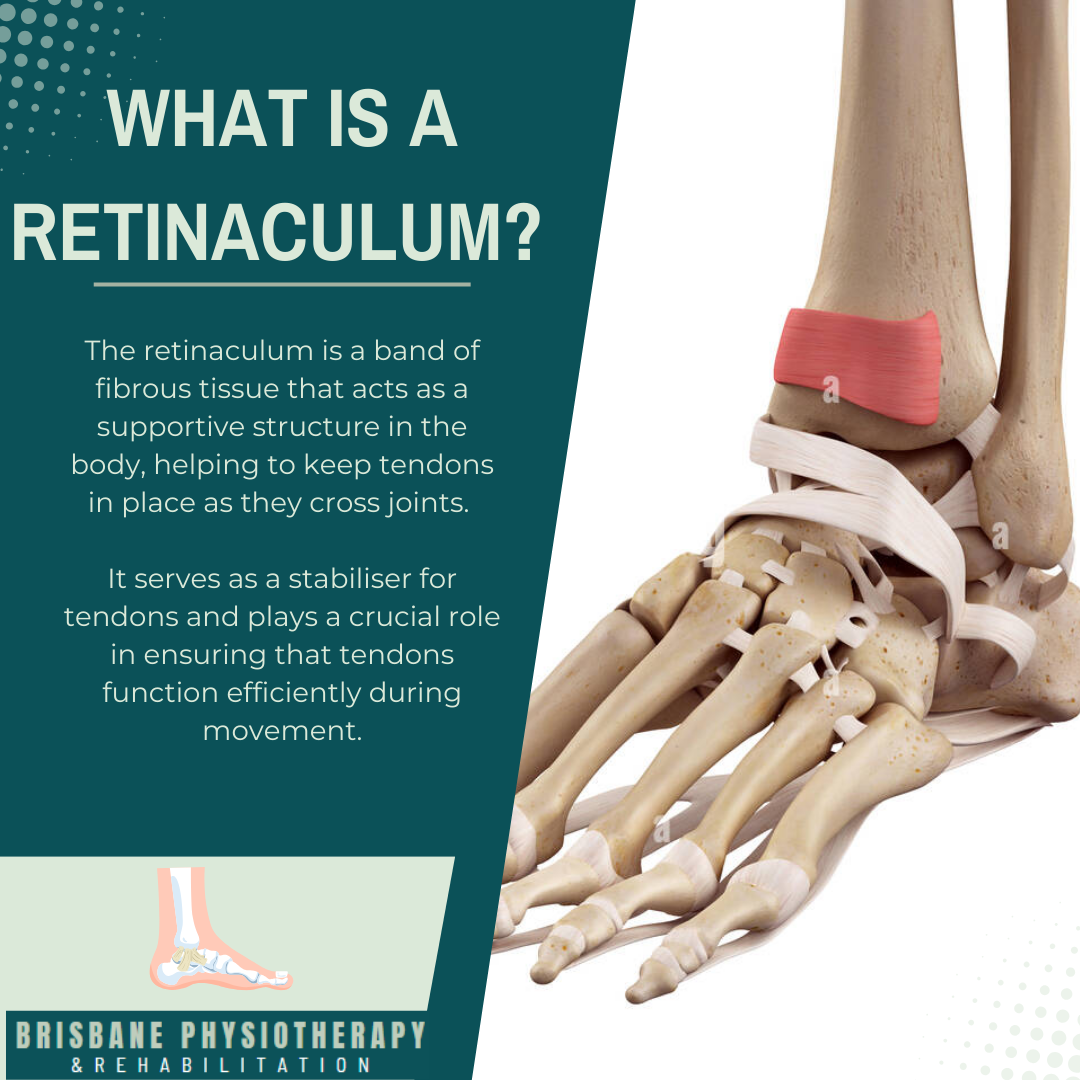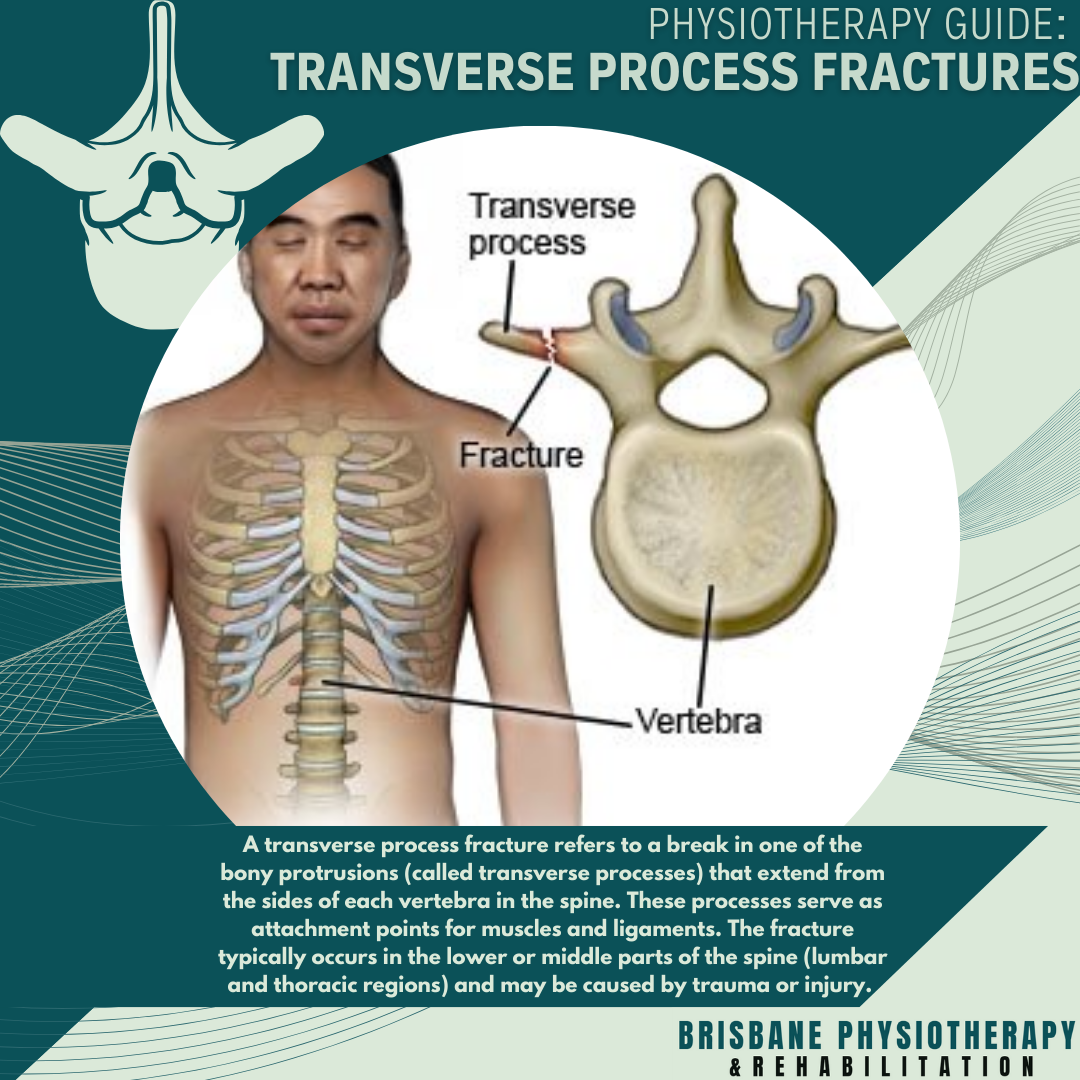
News & Articles

Muslce Cramps: An Overview
Muscle cramps are something we’ve all experienced at one point or another. That sudden, sharp pain when a muscle seizes up, often catching you by surprise, can be quite unpleasant. Whether it happens during a workout, in the middle of the night, or after a long day of physical activity, muscle cramps are usually a result of muscles contracting uncontrollably. While they may be short-lived, they can still cause considerable discomfort and leave you wondering what caused them in the first place.

What is a Retinaculum: An Overview
The retinaculum is a band of fibrous tissue that acts as a supportive structure in the body, helping to keep tendons in place as they cross joints. It serves as a stabiliser for tendons and plays a crucial role in ensuring that tendons function efficiently during movement. Retinacula are found in various parts of the body, most notably in the ankle, wrist, and knee, where they prevent tendons from "bowstringing" (moving out of place) during physical activity.

Supporting Uber Drivers: Physiotherapy for a Healthier Ride
Driving for Uber offers flexibility and convenience, but the long hours spent sitting in a car can take a toll on a driver’s physical health. Prolonged sitting, limited movement, and repetitive tasks like handling a steering wheel can lead to musculoskeletal discomfort and injuries. At Brisbane Physiotherapy, we understand the unique physical demands of Uber drivers and provide tailored solutions to keep you pain-free and comfortable behind the wheel.

Physiotherapy Guide: Ulnar Fractures
An ulnar fracture is a break in the ulna, one of the two bones in the forearm. The ulna runs along the inner side of the forearm, parallel to the radius, and plays a crucial role in stabilising the wrist and elbow. These fractures commonly occur due to direct trauma, falls onto an outstretched arm, or high-impact injuries such as those sustained in sports or motor vehicle accidents.

Physiotherapy Guide: The Diaphragm
The diaphragm plays a crucial role in breathing by acting as the primary muscle responsible for inhalation and exhalation. It is a dome-shaped muscle located beneath the lungs and heart, separating the chest cavity from the abdominal cavity. The diaphragm's movement is essential for creating the pressure changes that allow air to enter and exit the lungs.

Physiotherapy Guide: Transverse Process Fractures
A transverse process fracture refers to a break in one of the bony protrusions (called transverse processes) that extend from the sides of each vertebra in the spine. These processes serve as attachment points for muscles and ligaments. The fracture typically occurs in the lower or middle parts of the spine (lumbar and thoracic regions) and may be caused by trauma or injury.

Understanding Radial Head Fractures and how Physiotherapy can help
A radial head fracture refers to a break in the radial head, which is the top portion of the radius bone in the forearm that helps form the elbow joint. This type of fracture is commonly seen after a fall onto an outstretched hand or in accidents involving the elbow.

What are Femoral Stress Fractures and how can Physiotherapy help?
Femoral stress fractures are small cracks in the femur (thigh bone) that develop due to repetitive stress or overuse. They are common among athletes, military personnel, and individuals who engage in high-impact activities. If left untreated, these fractures can worsen, leading to more severe injuries and prolonged recovery time.

Understanding Drop Foot and How Physiotherapy Can Help
Drop foot, also known as foot drop, is a condition that affects an individual's ability to lift the front part of the foot. This can lead to difficulty walking, an increased risk of tripping, and a distinct gait pattern known as a "steppage gait." Drop foot is not a disease in itself but rather a symptom of an underlying condition affecting the nerves, muscles, or brain.

Dermatomes: An Overview
Dermatomes are areas of skin that are primarily supplied by sensory nerves from a specific spinal nerve root. Each spinal nerve (except the first cervical nerve) corresponds to a specific dermatome, which is a region of skin that can be tested for sensory function. Dermatomes help map the body's nerve supply and are used to assess the neurological function of the spinal cord and nerves.